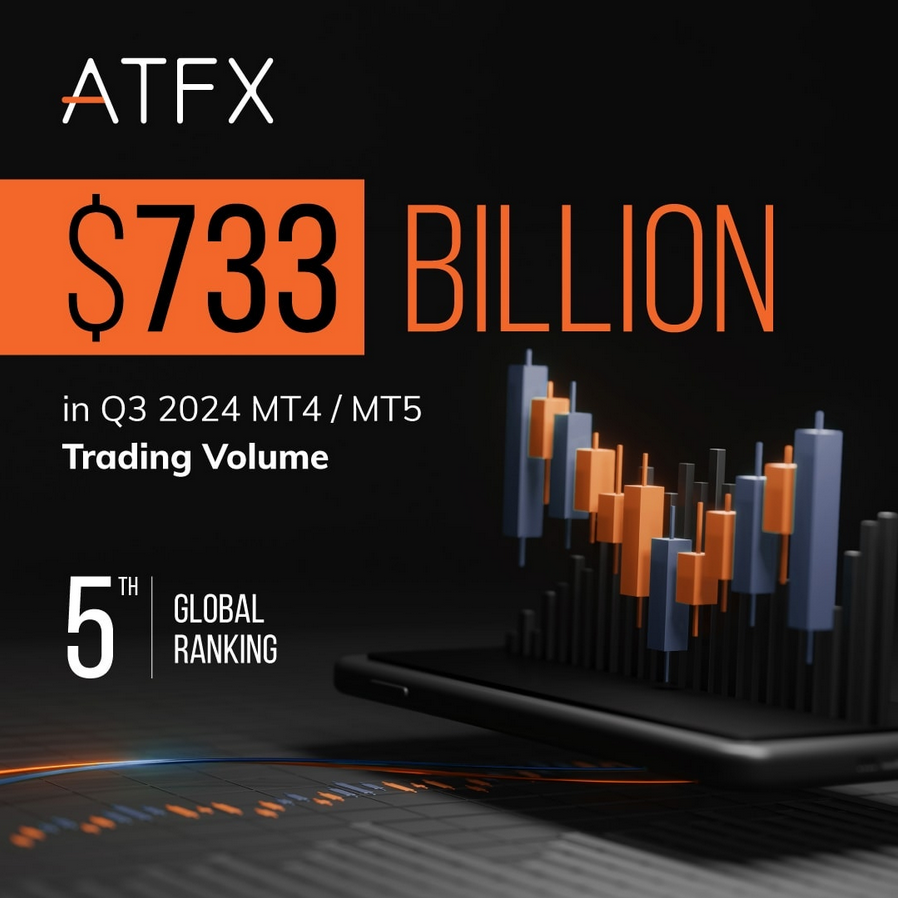Recent developments in global trade, fiscal uncertainty, and shifting monetary policy landscapes have injected renewed volatility into foreign exchange and commodity markets. President Trump’s aggressive tariff policy has not only shaken global supply chains but has also triggered sharp moves across currencies and commodities. Gold has surged to historic highs and is increasingly preferred over traditional fiat currencies as a store of value. The US dollar has come under pressure amid fears of a potential U.S. recession, worsened by trade disruptions. The euro and pound are benefiting from short-term dollar weakness, but both remain fundamentally vulnerable to internal uncertainty. The Japanese yen is gaining on safe-haven flows but faces headwinds if global sentiment stabilizes.
Global markets face heightened uncertainty as trade tensions escalate, particularly between the US and China, impacting various asset classes. The euro shows some resilience despite regional economic concerns, while the British pound is pressured by economic risks and potential policy responses. The Japanese yen strengthens as a safe-haven asset amid market jitters. The Australian and New Zealand dollars experience volatility, sensitive to global risk sentiment and potential central bank actions. Gold initially finds some support but faces downward pressure. Oil prices are volatile, influenced by trade disputes and supply considerations.
Read the rest of this entry »
The global financial markets are currently experiencing a period of heightened uncertainty and volatility, primarily driven by escalating trade tensions initiated by the United States. The imposition of new tariffs on imports from major economies like China and the Eurozone has triggered retaliatory measures and fueled concerns about a potential global recession. This environment is causing investors to flock towards traditional safe-haven assets, impacting currency valuations and commodity prices.
Read the rest of this entry »
Global financial markets are entering the second week of April 2025 in a state of heightened anxiety after one of the most turbulent trading weeks in recent memory. The catalyst: a dramatic policy shift from US President Donald Trump, who ignited global concern by introducing sweeping tariffs on imported goods. The move was marketed domestically as “Liberation Day,” but the market reaction was anything but celebratory.
Read the rest of this entry »
The euro and pound gained strength as optimism over European economic resilience and skepticism about U.S. tariff policies drove investors away from the dollar. While the euro benefited from upbeat services data and easing policy concerns, the pound climbed despite soft UK figures, supported by hopes that U.S. tariffs would backfire. Meanwhile, the yen surged as traders sought refuge from global uncertainty, and gold remained elevated near record highs amid safe-haven demand, although signs of exhaustion and profit-taking suggested a potential pause in its upward momentum.
Read the rest of this entry »
The euro remains under pressure as weak economic data raises expectations of rate cuts, while the British pound struggles with lackluster manufacturing figures and policy uncertainty. The Japanese yen faces challenges amid shifting monetary policy expectations and concerns over trade tariffs. Meanwhile, gold continues its bullish trend, reaching record highs as investors seek safety ahead of tariff announcements. Market participants remain focused on central bank signals and economic reports that could influence upcoming moves in currency and commodity markets, balancing risk sentiment and monetary policy shifts.
Read the rest of this entry »
Euro trading showed resilience despite inflation concerns and potential US tariffs, with focus on key levels for buy and sell opportunities. The British pound faced pressure from weak lending data and inflation worries, while technical analysis suggested a potential trend shift. The Japanese yen strengthened amid safe-haven demand and hawkish Bank of Japan signals, with the dollar weakening against it. Gold surged to record highs as investors sought safety amid global trade tensions and geopolitical uncertainty, driven by fears of escalating tariffs and economic slowdown.
Read the rest of this entry »
The upcoming week promises to be eventful for global markets, with a strong focus on the United States. A series of significant economic data releases, including the pivotal Non-Farm Payrolls (NFP) report on Friday, are set to shape investor sentiment. Additionally, trade developments will take center stage, particularly on April 2, when new tariffs are expected to be implemented.
Read the rest of this entry »
The euro remains stable as traders assess geopolitical risks and economic data, while the pound faces pressure from UK inflation and fiscal projections. The yen attempts recovery amid U.S. tariff concerns, yet dollar strength limits gains. Gold trades near its peak, supported by economic uncertainty and Fed rate expectations, though stronger U.S. Treasury yields may cap its upside. Investors watch U.S. macro data, including GDP and inflation indicators, for further market direction. A break in key resistance or support levels could drive volatility across these assets in the short term.
Read the rest of this entry »
The euro remained stable amid a lack of economic data, with traders awaiting U.S. durable goods figures for direction. The British pound saw volatility as inflation concerns and Bank of England policy speculation influenced sentiment. The Japanese yen weakened, with the Bank of Japan maintaining a cautious stance, while U.S. policy developments added to market uncertainty. Gold maintained a positive tone but faced resistance, with traders balancing safe-haven demand against dollar strength and economic data. Market participants continue to assess central bank policies and global trade developments for future moves.








